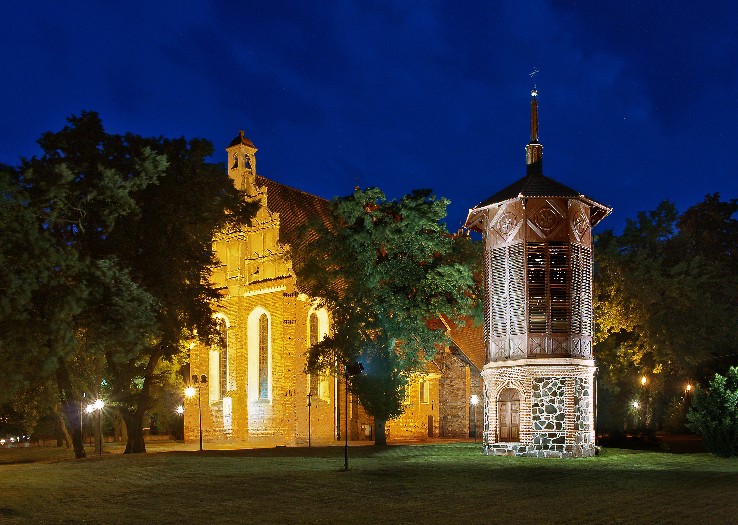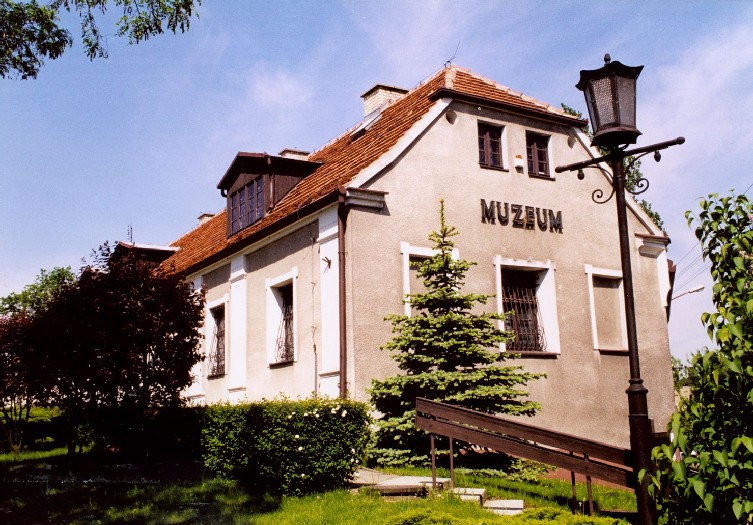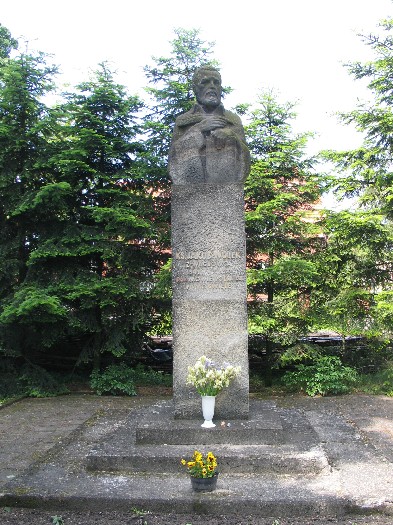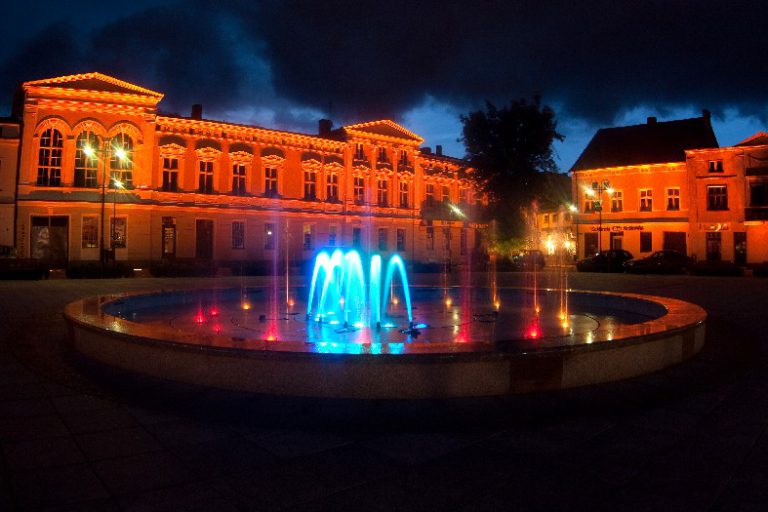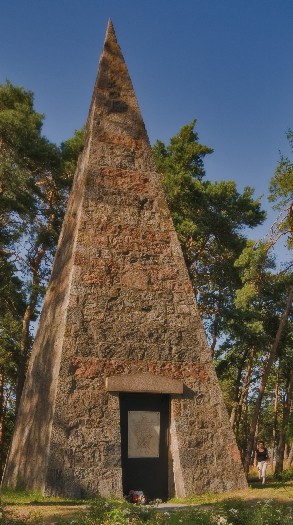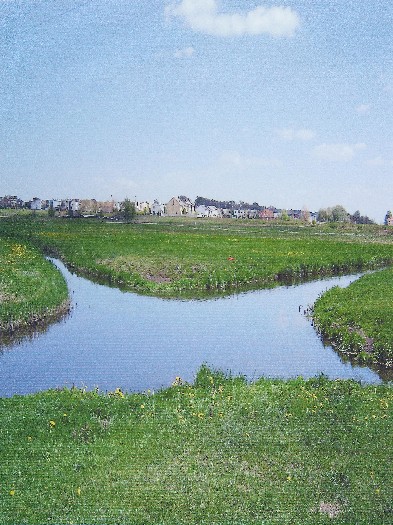
WĄGROWIEC
A county town situated on the Wełna river, in the area of Chodzieskie (Chodzież) Lake District, ca. 55 km north-east of Poznań, Wągrowiec owes its tourist potential to its location on Durowskie Lake, next to which a boardwalk with a watering place and a yachting marina has been projected. One famous personage who was born in Wągrowiec is the Jesuit author Jakub Wujek (1541–1597) who had made a lasting name for himself with his excellent translation of the Bible into Polish.
History
Since 1319, a local mediaeval settlement in the valley of the Nielba and Wełna rivers belonged, together with its surrounding areas, to the Cistercian monks of Łekno. The date of the town’s location (foundation) charter remains unknown. The earliest mention of Wągrowiec as an urban unit dates to 1381. The year 1396 saw the Cistercians move their abbey’s residence to Wągrowiec. In 15th and 16th centuries, the town was gaining in affluence as craftsmanship guilds were emerging there, groping brewers, cloth-makers or footwear makers.
The latter half of the seventeenth century, marked by a series of fires, epidemic outbursts and warfare events, initiated the town’s decline. The witch trials in the 2nd half of 17th century and 1st half of 18th c., with a total of thirty-four convicts eventually burned at stake, proved to be a disgraceful chapter in the town’s history.
Following 2nd Partition of Poland in 1793, the town has been incorporated in the Prussian state. Wągrowiec was liberated on 30th December 1918, thanks to a daring attack of a locals’ squad led by Dr Stanisław Kuliński at the German Grenzschutz troop. It was in Wągrowiec that the headquarters of the risers’ north front stationed from 25 January 1919 onwards. The town was liberated from the Nazi occupation on 23rd January 1945 by a Red-Army 1st Byelorussian Front’s armoured incursion.
Today, Wągrowiec is an industrial, services and tourism hub, also known for its educational activity as the site of an affiliated branch of the ‘Adam Mickiewicz’ University.
Worth Seeing
In Klasztorna Street, you come across a late-Gothic St. Jacob’s parish church from 16th century, with an interesting belfry situated next to it. By the church, you will see a Jakub Wujek monument, commemorating the famous Jesuit and Bible translator.
West of the church is a baroque former Cistercian complex and church from the latter half of 18th century.
At 15 Opacka St. is an eighteenth-century house being the seat, since 1987, of the Regional Museum housing objects of historic and ethnographic interest.
Wągrowiec’s most recent attraction is a fountain around which crowds of tourists gather at twilight. Its beautifully illuminated water jets spurting out to the rhythm of music will make you imperishably impressed.
4 km west of the town’s centre, you can find a forest reserve called Dębina.
Should you go in the opposite direction, you can admire an extraordinary natural feature: the intersection of the Wełna and Nielba rivers.
For more information, go to:
www.wagrowiec.um.gov.pl/en



